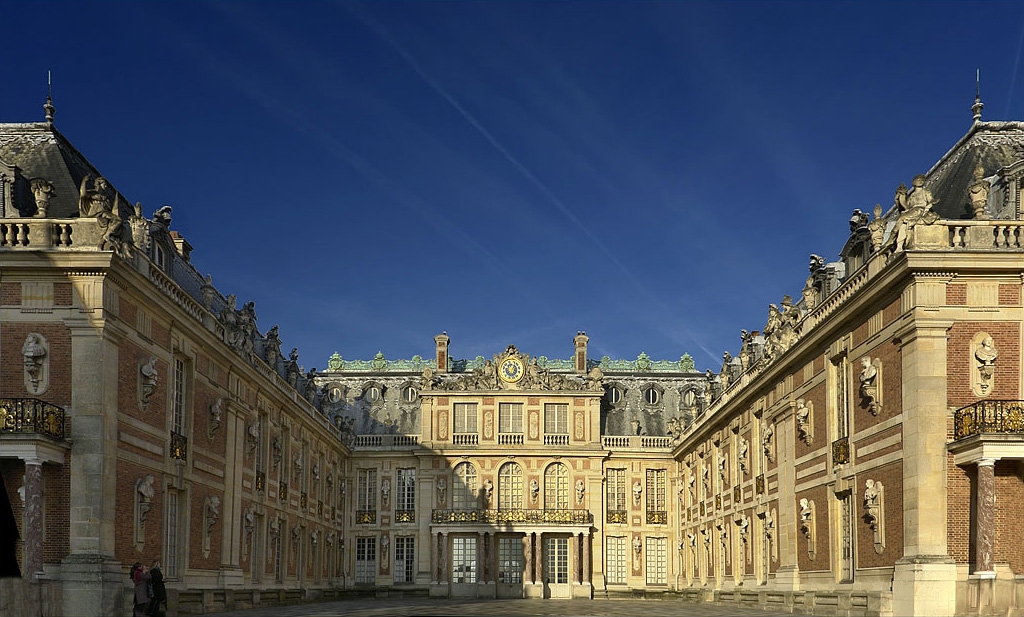The Palace of Versailles is a former royal residence built by King Louis XIV located in Versailles, about 19 km west of Paris, France. The palace is owned by the French Republic and since 1995 has been managed, under the direction of the French Ministry of Culture, by the Public Establishment of the Palace, Museum, and National Estate of Versailles.
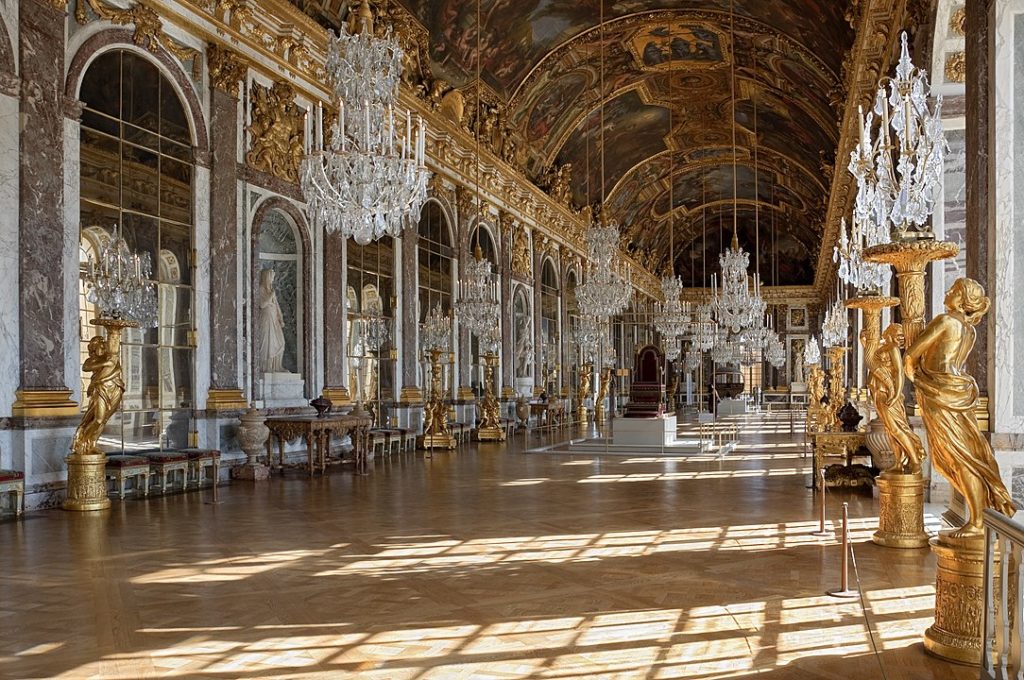
The Palace of Versailles is a visual history of French architecture from the 1630s to the 1780s. Its earliest portion, the corps de logis, was built for Louis XIII in the style of his reign with brick, marble, and slate, which Le Vau surrounded in the 1660s with Enveloppe, an edifice that was inspired by Renaissance-era Italian villas. When Mansart made further expansions to the palace in the 1680s, he used the Enveloppe as the model for his work. Neoclassical additions were made to the palace with the remodeling of the Ministers’ Wings in the 1770s, by Ange-Jacques Gabriel, and after the Bourbon Restoration.
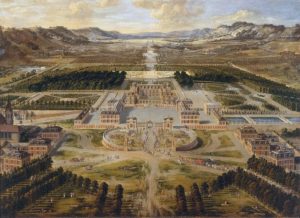
The palace was largely completed by the death of Louis XIV in 1715. The eastern-facing palace has a U-shaped layout, with the corps de logis and symmetrical advancing secondary wings terminating with the Dufour Pavilion on the south and the Gabriel Pavilion to the north, creating an expansive cour d’honneur known as the Royal Court (Cour Royale). Flanking the Royal Court are two enormous asymmetrical wings that result in a façade of 402 meters in length. Covered by around 10 hectares of the roof, the palace has 2,143 windows, 1,252 chimneys, and 67 staircases.
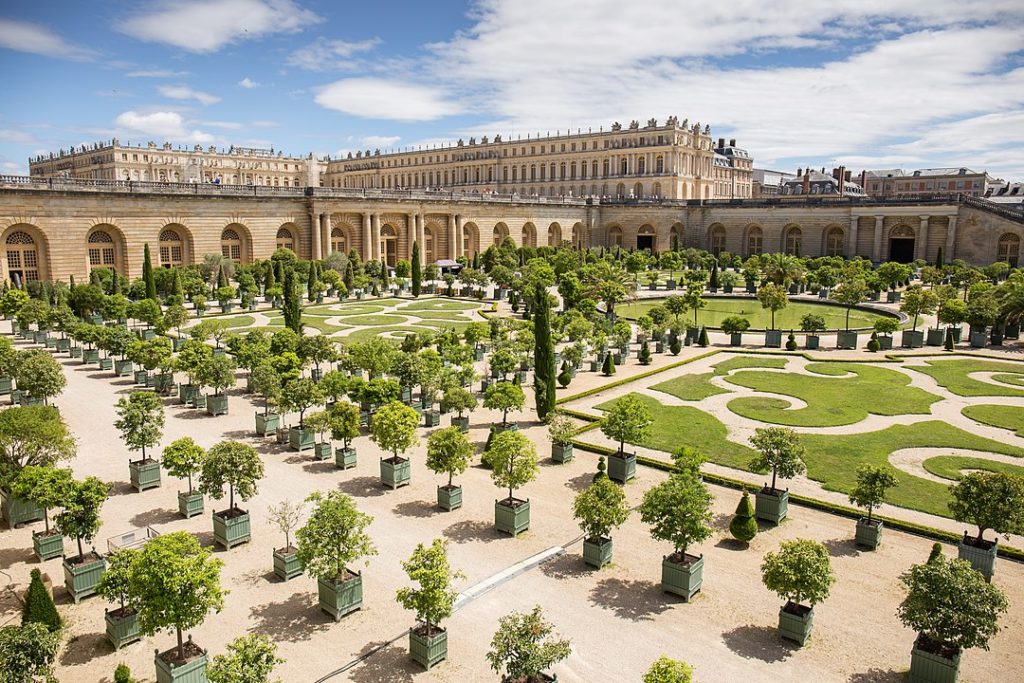
The palace and its grounds have had a great influence on architecture and horticulture from the mid-17th century to the end of the 18th century. Examples of works influenced by Versailles include Christopher Wren’s work at Hampton Court Palace, Berlin Palace, the Palace of La Granja, Stockholm Palace, Ludwigsburg Palace, Karlsruhe Palace, Rastatt Palace, Nymphenburg Palace, Schleissheim Palace, and Esterházy Palace.
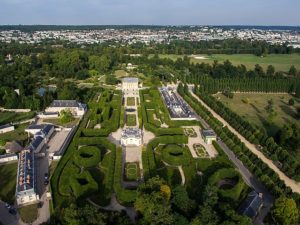
The palace and park were designated a World Heritage Site by UNESCO in 1979 for their importance as the center of power, art, and science in France during the 17th and 18th centuries. The French Ministry of Culture has placed the palace, its gardens, and some of its subsidiary structures on its list of culturally significant monuments.
According to Wikipedia





